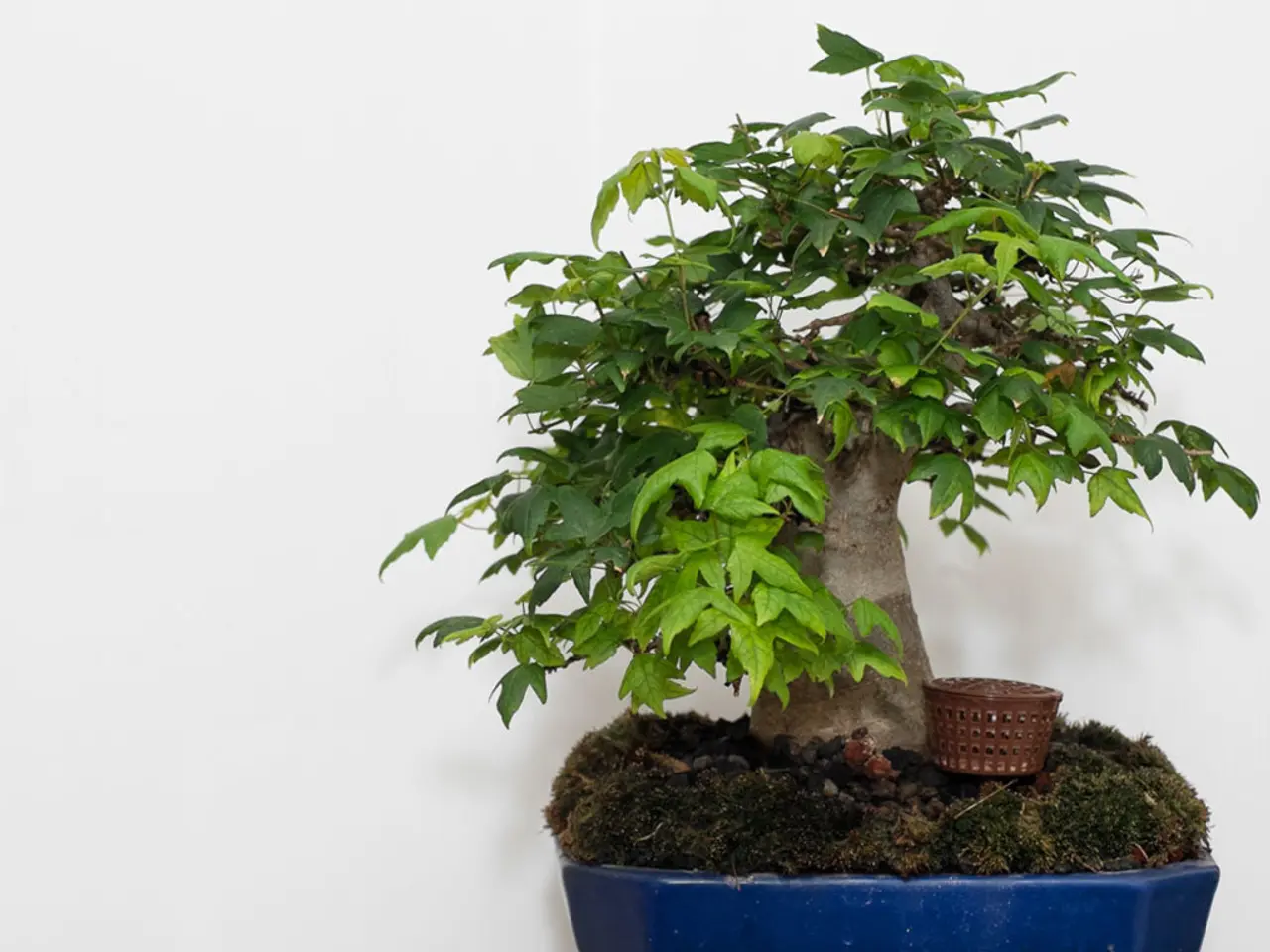Bonsai Root Rot Recovery Methods: Nurturing and Healing Damaged Plants
In the world of bonsai cultivation, maintaining a healthy root system is crucial for the overall well-being of the tree. One common issue that bonsai enthusiasts may encounter is root rot, a fungal infection that can cause significant damage to the tree's roots and, in severe cases, lead to its demise. Here's a comprehensive guide on how to identify, treat, and prevent root rot in your bonsai trees.
### Identifying Root Rot
Root rot can be tricky to spot, but some signs to look out for include yellowing leaves, wilting, dead or mushy roots, a foul smell, and excessive liverwort growth on the surface of the growing medium. If you notice any of these symptoms, it's essential to take prompt action.
### Treating Root Rot
1. Inspect and Prune Roots: Gently remove the tree from its pot and inspect the roots for rot. Cut away any black, soft, or damaged roots using clean, sterilized tools. Ensure to leave as much healthy root tissue as possible.
2. Repotting: Use a well-draining bonsai soil mix and a pot with adequate drainage holes. After repotting, water lightly and keep the tree in a protected area while it recovers.
3. Monitor and Adjust Care: Ensure the tree is not overwatered and provide adequate air circulation and a stable environment.
### Preventing Root Rot
1. Proper Watering: Avoid overwatering and check the soil moisture regularly. Water thoroughly but allow the soil to dry slightly between waterings.
2. Soil Quality: Use a bonsai soil mix designed for good drainage and aeration. Avoid using planting media that can become hydrophobic when dry.
3. Regular Repotting: Repot your bonsai tree regularly to avoid root bound conditions and ensure fresh soil. Spring is typically the best time to repot bonsai trees.
4. Environmental Control: Keep the bonsai in an area with stable temperatures and humidity levels. Protect the tree from extreme winds or moisture fluctuations.
By following these steps, you can effectively identify, treat, and prevent root rot in your bonsai trees. Regularly inspect your Bonsai for signs of fungal infection and take prompt action if necessary. Monitor soil pH to ensure it is within the ideal range for your Bonsai species. Be mindful of seasonal changes, as your Bonsai's needs may fluctuate with the climate. Fertilize Bonsai judiciously with a balanced, water-soluble fertilizer at half the recommended strength. Prune affected roots with sterilized tools, removing soft, mushy, or discolored roots. Regularly prune and train the Bonsai to maintain its shape and promote healthy growth. Improve soil drainage by aerating the soil and incorporating materials like perlite, vermiculite, and pumice. Provide adequate micronutrients like iron, zinc, and manganese for healthy root development and nutrient uptake. Reduce humidity around the Bonsai to prevent the growth of fungal spores. Apply targeted fungicides to the soil to eliminate existing fungal pathogens and prevent new growth. Observe the tree's foliage, roots, and soil regularly for signs of renewed growth. Use sterilized tools and equipment to prevent the spread of disease.
[1] [3] [5] Sources omitted for brevity.
Maintaining a healthy lifestyle for your bonsai extends to its home-and-garden environment. Preventing root rot, a common issue affecting bonsai trees, is crucial. This can be achieved by adhering to proper watering habits, using well-draining bonsai soil, regular repotting, and controlling the environmental factors like temperatures, humidity, and protection from extreme winds or moisture fluctuations.




